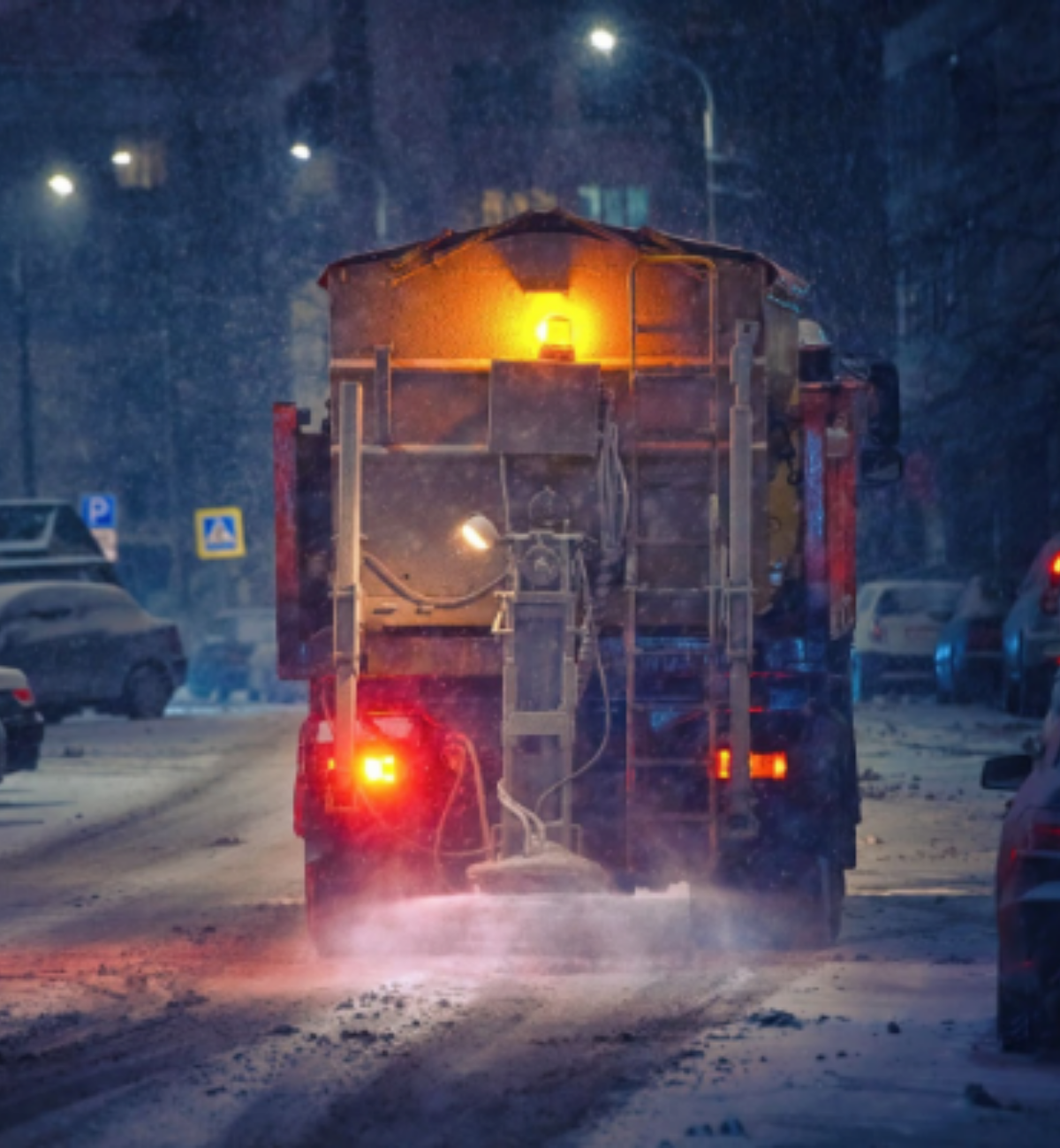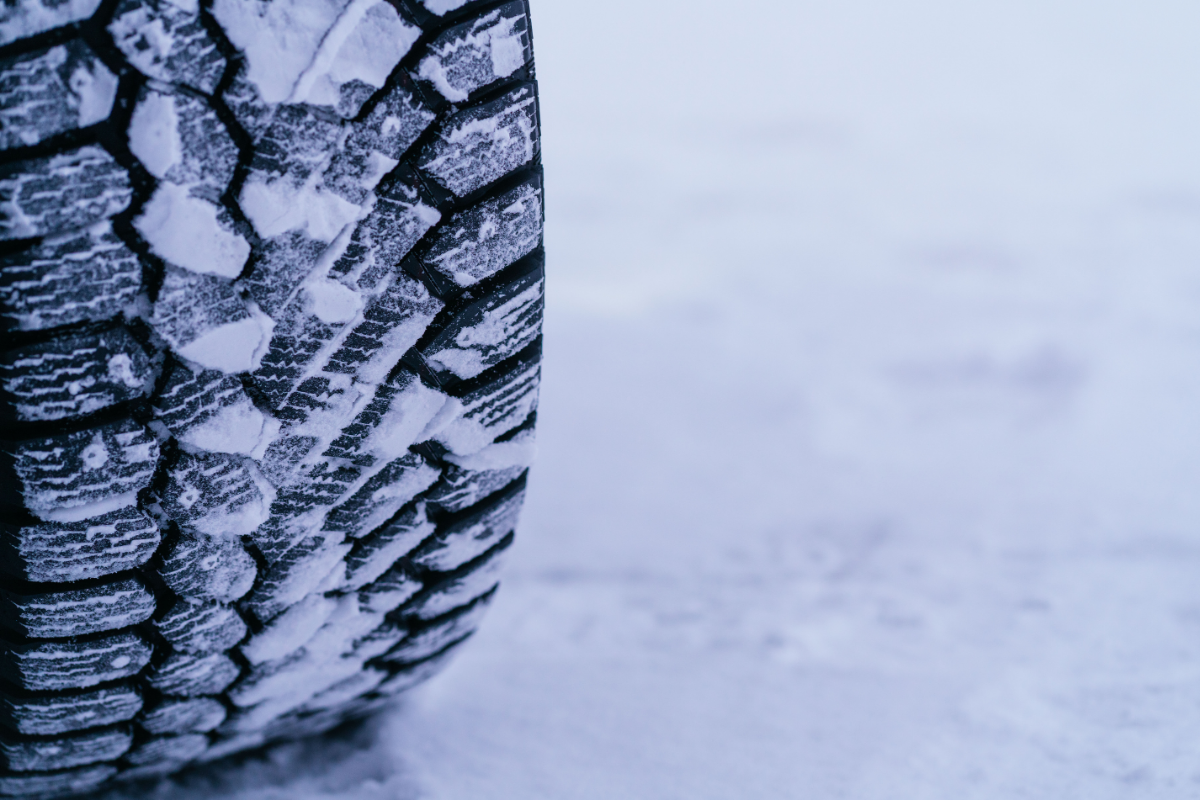Good news: we’re here to show you how to handle the simple stuff yourself, but if you want to skip the freezing parking lot and just have us handle the whole checklist, that’s exactly what we’re here for too.
Your Battery: The Drama Queen of Car Parts
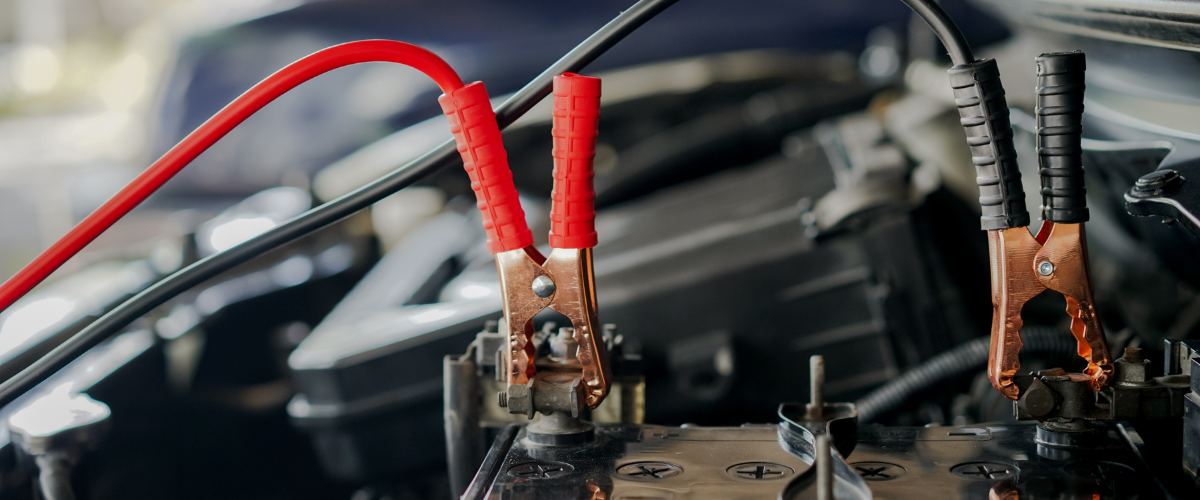
Batteries lose 30%-50% of their power at -18°C. The battery that started your car in October might ghost you completely by January.
The DIY Battery Checkup: Look for white crusty buildup (battery herpes), cracks or bulging (imminent death), or a date code that shows the battery is past its 4- to 5-year lifespan.
Cleaning Corroded Terminals: You can clean corrosion using a paste of baking soda and water and an old toothbrush. Always disconnect the negative (black) terminal first, and reconnect the positive (red) terminal first. Scrub and then apply petroleum jelly to prevent future crusties.
Testing Without Fancy Equipment: A $20 digital multimeter tells you everything. 12.6V+ means a healthy battery, 12.2V or less means you should start shopping, and anything under 12V means it's already dead.
Look for white crusty buildup (battery herpes), cracks or bulging (imminent death), or a date code that shows the battery is past its 4- to 5-year lifespan.
Cabin Air Filter: Because Breathing is Nice
Your cabin filter is catching all the glamorous Durham winter air: salt particles, exhaust fumes, and road grime. A clogged filter forces your heater to work harder and fogs your windows faster.
The DIY Filter Swap: Dealerships charge $60-100 for this service. You can do it yourself in 10 minutes. Buy the right filter ($15-40), empty and drop the glove box fully, note the air flow arrow, and swap. That’s $40-80 in labor saved.
Key Fob Battery: Don't Get Locked Out Like a Chump
Nothing says "morning ruined" like a dead key fob in a Whitby GO lot at 6 AM while freezing rain turns you into a popsicle. The fix is simple and takes 5 minutes.
Pry the fob gently with a small screwdriver or coin, note the battery orientation, pop the old one out, new one in (usually a CR2032, $3-5), and snap it back together. The dealership might charge $25-50 for a "programming" fee; you pay $5.
Your car is basically fighting for its life every time you leave the driveway.
Between the heavy lake-effect snow rolling off Lake Ontario and the sheer, uncompromising cold that settles across Scugog and Clarington, your car is basically fighting for its life every time you leave the driveway.
You might be dreaming of a fancy four-wheel-drive system, but the single most important safety feature on your vehicle isn't the engine or the badge on the back—it's the rubber connecting you to the road. If you're relying on the wrong tires when the temperature drops, you're missing the most critical safety upgrade you can make.

The Cold Hard Truth: 7°C Is the Tipping Point
Your tires are experts, not magicians. The moment the thermometer dips below 7°C, the performance of a generic all-season tire collapses. Why? Because the rubber compound stiffens.
An all-season tire
In freezing conditions is essentially trying to ice skate in dress shoes—it was simply never designed for the job.
Winter tire
On the other hand, are the masters of cold weather. They use a high-silica compound that stays flexible and soft.
This pliability allows the tire to conform to the road surface, aggressively gripping pavement that is cold, icy, or snow-covered. If you’re driving around Oshawa or Whitby in November, your best move is getting cold-weather-optimized rubber installed. Period.
Tire Pressure: The Silent Winter Killer
Tires lose 1 PSI for every 5°C drop. Low tires mean poor traction, which in Durham means you’re going to have a bad time.

Managing Pressure Like a Pro: Use a decent gauge ($10-25) and check when the tires are cold (not after driving). Find the correct spec on your door jamb sticker and add air in short bursts. Don't forget the spare.
Windshield Chips: Fix Now or Cry Later
Durham's freeze-thaw cycles turn tiny chips into spider web cracks faster than you can say "insurance deductible".
DIY Chip Repair ($25 vs $300-800):
When does it work? If the chip is smaller than a loonie and you caught it early. You simply clean the chip, apply the magic resin system from the kit, let it cure, and scrape the excess.
If it’s bigger than a loonie or in your direct sightline, call a pro (that's us!).
The Bottom Line: Your Own Expert
Each skill learned means one less emergency, one less tow, one less freezing roadside experience. The best time to learn these skills is before you need them. These simple maintenance tasks will save you money and hours of waiting room coffee.


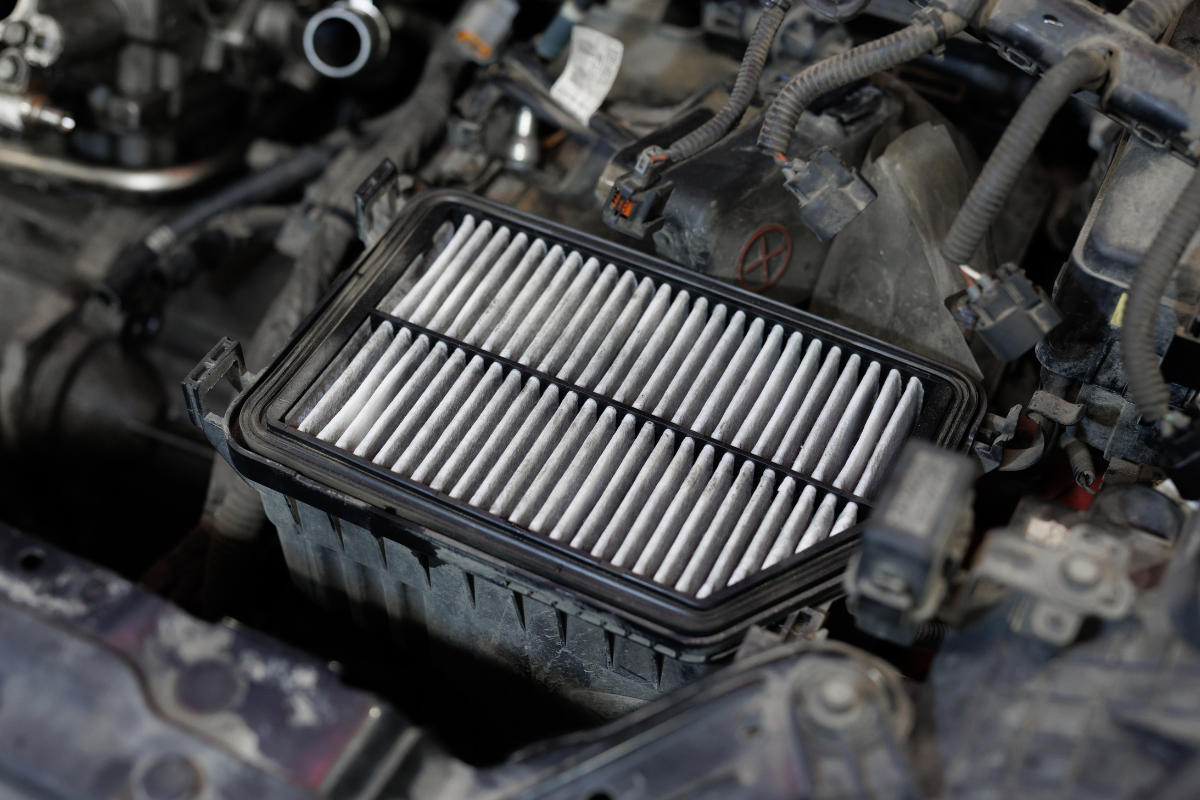
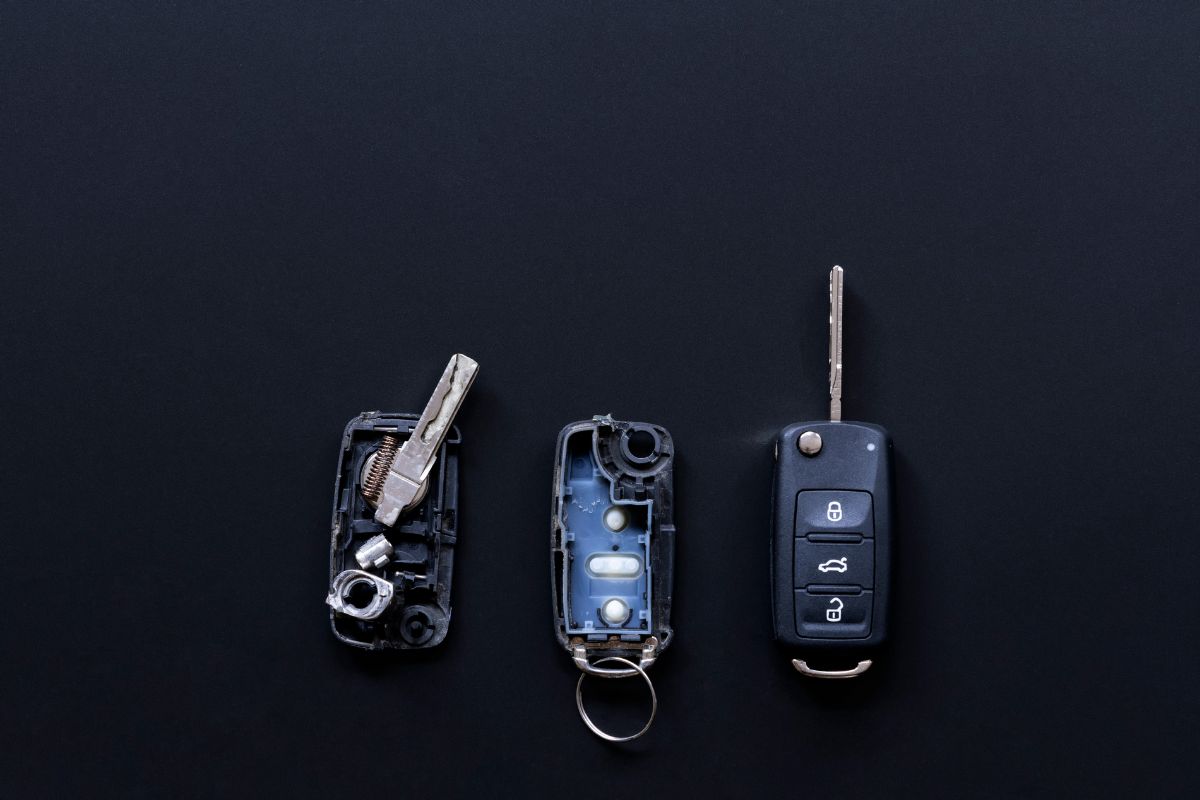


-2.png)
